Notes: Cheadle Heath Station was situated on the Midland Railway’s (MR) New Mills to Heaton Mersey line, which formed part of its main line between Manchester Central and Ambergate.
The New Mills to Heaton Mersey line was built purely to make MR services between Manchester Central and London St Pancras faster. The MR had first reached Manchester in 1867. However they did not have their own station in the city. The MR had to use the Manchester Sheffield and Lincolnshire Railway’s (MSLR) line from New Mills to Hyde, and the MSLR line from Hyde to the London North Western Railway (LNWR) terminus at Manchester London Road. Although the MR and MSLR had an amicable relationship, the same could not be said with regard to the MR and the LNWR. Through partnership and take-over the MR was able to establish a route into Manchester Central Station from 1st January 1880.
 |
Manchester Central was a Cheshire Lines Committee (CLC) station, and the MR held a third of the shares in the CLC: the other two shares were held by the MSLR and the Great Northern Railway (GNR) who each also held a third shares of the CLC. The MR route to Manchester Central ran from New Mills to Manchester Central via the CLC Woodley to Glazebrook line |
ran through Stockport Tiviot Dale. To the west of Stockport trains turned north onto the MR’s own Manchester South District Line which passed through Heaton Mersey and Didsbury. Although Stockport provided many passengers the route was not direct, and, with lots of junctions, it was quite slow.
The solution was to build a direct line between New Mills and Heaton Mersey for a cost of £2 million. The new line would allow fast express services to substantially improve journey times between London St Pancras, Manchester and Liverpool.
The new line was authorised in 1898 and work began immediately. Despite the need for some very heavy engineering, including the construction of a two mile long tunnel at Disley, the line was ready for use by 1st July 1902.
| Cheadle Heath station was situated towards the Heaton Mersey end of the line at it opened before the line was completed through to New Mills on the 1st October 1901. For several months it acted as a terminus for local services to Manchester Central. Cheadle Heath was built to serve the Stockport area. As many express services would no longer follow the |
 |
route through Stockport Tiviot Dale the MR felt that it needed to provide a station that would allow Stockport residents to enjoy the fast services on offer. Just to the north of the station was a junction where a spur came in from the CLC Glazebrook to Woodley line. The spur allowed express trains from Liverpool Central to run onto the New Mills line.
Cheadle Heath station was situated towards the Heaton Mersey end of the line, and it opened before the line was completed through to New Mills on 1st October 1901. For several months it acted as a terminus for local services to Manchester Central. Cheadle Heath was built to serve the Stockport area. As many express services would no longer follow the route through Stockport Tiviot Dale, the MR felt that it needed to provide a station that would allow Stockport residents to enjoy the fast services on offer. Just to the north of the station was a junction where a spur came in from the CLC Glazebrook to Woodley line which allowed express trains from Liverpool Central to run onto the New Mills line.
Cheadle Health was in a shallow cutting, and it was provided with five platform faces, four of which were through platforms. On the east side of the station was the entrance building at street level, a single storey brick structure that provided booking facilities. A small canopy was provided over the main entrance door. Steps led down to what was called the up Manchester platform which was adjacent to the building on the east side of the line: ‘up’ meant away from Manchester towards London.
At the south end of the up Manchester platform there was a single track bay platform. A bridge led from the station building across the line and connected to the down Manchester and the up and down Liverpool platforms. The down Manchester and up Liverpool platforms were one island platform. As the names given to the through platforms suggest, the Manchester platforms were served by express services running between Manchester Central and points to the south and the Liverpool Platforms by trains running between Liverpool Central and points to the south. The Liverpool line platforms, however, were also used by local services that terminated at Cheadle Heath. Each platform had its own canopy and waiting facilities.
 |
From July 1902 Cheadle Health was served by express trains running between Manchester Central and London St Pancras, and between Liverpool Central and London St Pancras. Other fast and semi-fast services ran from Liverpool and Manchester to Derby and Nottingham. Most services between Manchester Central and Sheffield continued to run via |
Stockport Tiviot Dale, but some did use the route through Cheadle Heath. An intensive service of stopping trains, known as the ‘South District Services’, ran between Cheadle Heath and Manchester Central providing a commuter service to and from the city.
Cheadle Heath was also provided with extensive goods facilities. They were located on the west side of the line and included a large goods warehouse. There was a steady stream of goods services through the station and in and out of the goods yard.
In 1923 Cheadle Heath station became part of the London Midland & Scottish Railway (LMS). Throughout the 1920s and 1930s services through Cheadle Heath reached their peak. By 1939 there was a South District service frequency of every ten minutes on weekdays. Over forty trains ran out from Manchester Central although only half of them terminated at Cheadle Heath; the other half went to Stockport Tiviot Dale. Express services continued to run between Liverpool, Manchester and London St Pancras, Nottingham and Derby. Services also ran to Buxton and Sheffield.
During the Second World War passenger services were reduced and, although after the war they did increase again, they never returned to levels seen in the 1930s. In 1948 Cheadle Heath Station became part of the nationalised British Railways (London Midland Region). Throughout the 1950s, despite increasing competition, Cheadle Heath station remained busy, especially for main line services.
| In 1960 British Railways introduced the Midland ‘Blue Pullman’ which ran between Manchester Central and London St Pancras calling only at Cheadle Heath Station. The modern Pullman service proved very popular with local businessmen who could use it to go to London and back in a day. The fact that this prestigious train called at Cheadle Heath indicates just |
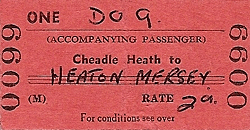 |
how important the station was. Between 1960 and 1966 the former MR route from Manchester to London became the more important as the other route, the former LNWR line via Stoke and Rugby, was being electrified as part of the West Coast Main Line electrification scheme. The work caused substantial delays to trains using the West Coast route, so the former MR route was much preferred. Also, in 1960, DMUs were introduced onto the local service from Cheadle Heath to Manchester Central. Although these trains were much more comfortable than their steam-hauled predecessors they were never called upon to offer the same intensity of service.
In 1966 the West Coast electrification between Manchester Piccadilly and London Euston was complete, and train services along the route became the fastest in the Country. The former MR route could not compete, besides which the 1963 Beeching Report had identified it as a duplicate route and had recommended the withdrawal of passenger services. In April 1966 an electric-hauled Pullman service started to operate on the West Coast route, and Cheadle Heath’s most prestigious train, the Blue Pullman, was withdrawn. Other express and local services lingered on until 6th March 1967 when Cheadle Heath closed to passenger services. Just over a year later on 1st July 1968 the station’s goods facilities also closed. With the closure of Manchester Central in 1969 the line northwards from Cheadle Heath did not last long, and it closed in 1970. The spur that connected to the Glazebrook route remained open for goods services, primarily for stone trains that ran, and continue to run, from the Buxton area to Northwich.
 |
By 1972 all of the station’s buildings had been demolished, but its platforms were extant, and four of the five lines that passed through the station were still in place. The goods sidings had all been lifted, but the goods warehouse survived into the 1980s. By the end of the 1970s only two lines remained, but the platforms still survived. |
At the end of the 1980s the former important MR route through Cheadle Heath had been reduced to a single track. Today nothing survives of the station. The goods yard and the site of the slow line platforms have been developed as a supermarket. The line remains open for goods services.
Sources: . Lost Railways of Merseyside and Greater Manchester by Gordon Suggitt. Published 2004 by Countryside Books ISBN 13: 978-1853068690 British Railways Past and Present – Cheshire by Paul Shannon & John Hillmer, Scenes from the Past: 13A Stockport Tiviot Dale by Gregory K Fox.
Other web sites: Peak Rail now providing a regular steam service between Matlock and Rowsley. David Hey's Collection - Transition from BR steam. Includes railway photographer ER Morten's photographic tour from Buxton - Derby.
Eight and a half miles of the Matlock - Buxton line now forms the Monsal Trail starting at Coombs Road Viaduct, one mile southeast of Bakewell and finishing at the head of Chee Dale, about three miles east of Buxton. There is a diversion round the tunnels.
Further reading: Railway from Buxton to Bakewell, Matlock and Ambergate (Scenes from the Past) by JM Bentley, 1992. Railways around Buxton by JM Bentley, 1987.
Tickets from Michael Stewart, route map drawn by Alan Young
To see other stations between Manchester Central & Matlock click on the station name: Manchester Central, Chorlton-cum-Hardy, Withington & West Didsbury, Didsbury, Heaton Mersey, Hazel Grove (Midland), Buxworth, Chinley (2nd site) STILLOPEN, Chinley (1st site), Chapel-en-le-Frith Central, Peak Forest, Cheedale Halt, Buxton (Midland), Blackwell Mill Halt, Millers Dale, Monsal Dale, Great Longstone, Hassop, Bakewell, Rowsley (Second site), Rowsley (First site), Rowsley South PEAK RAIL, Darley Dale, Matlock Riverside PEAK RAIL & Matlock STILL OPEN. See also Stockport Tiviot Dale & Stockport Portwood |

heath_old4.jpg)

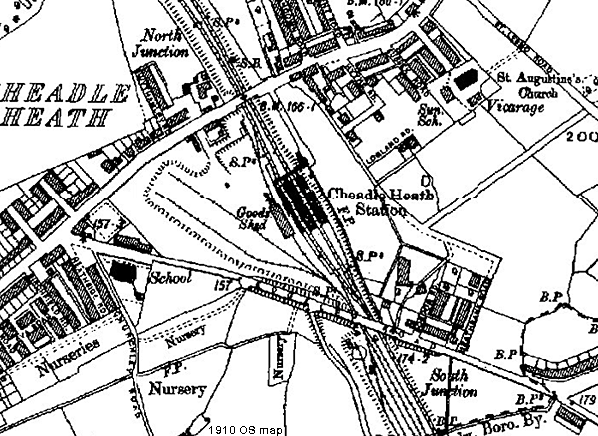
heath_old3.jpg)
heath_old5.jpg)
heath_old18.jpg)
heath_old10.jpg)
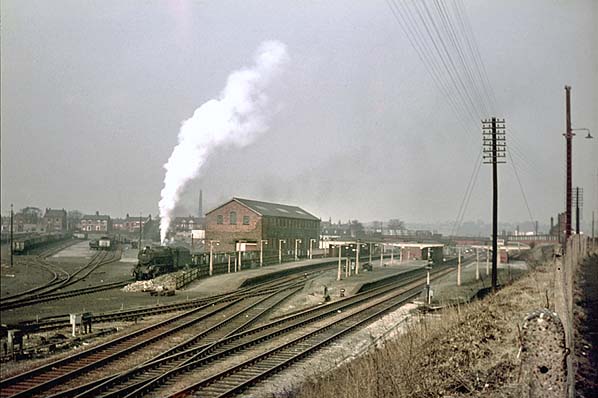
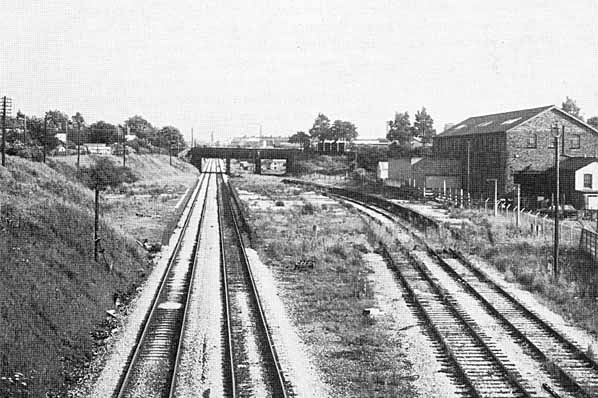
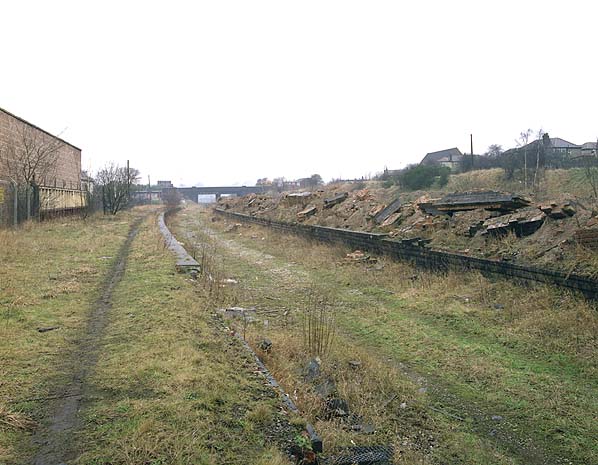
heath4.jpg)

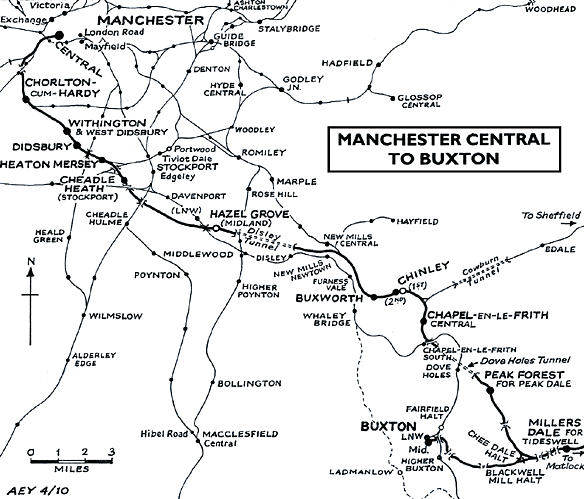





heath_old_thumb20.jpg)
heath_old_thumb1.jpg)
heath_old_thumb6.jpg)
heath_old_thumb19.jpg)
heath_old_thumb7.jpg)
heath_old_thumb8.jpg)
heath_old_thumb9.jpg)
heath_old_thumb14.jpg)
heath_old_thumb15.jpg)
heath_old_thumb16.jpg)
heath_old_thumb17.jpg)
heath_old_thumb11.jpg)
heath_old_thumb12.jpg)
heath_old_thumb13.jpg)

heath_thumb5.jpg)
heath_thumb6.jpg)
heath_thumb7.jpg)
heath_thumb3.jpg)

 Home Page
Home Page